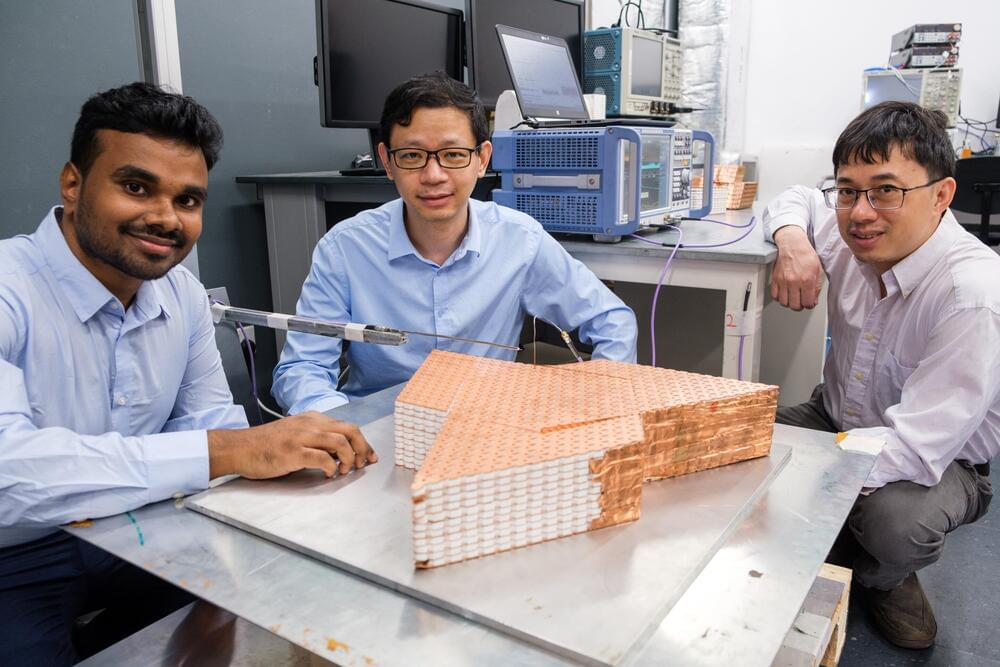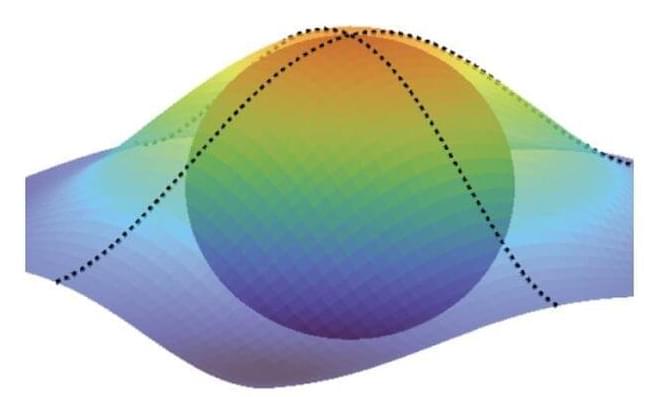Link :
A 25-year-old woman in China has had her Type 1 diabetes reversed through a groundbreaking new stem cell therapy treatment! As you can imagine, this represents a historic turning point in medical history. This revolutionary procedure has enabled her to create insulin on her own, relieving her of the constant daily hassle of injections. When this breakthrough eventually goes public, it will provide hope to millions worldwide dealing with this chronic condition.
According to Medlineplus, type 1 diabetes is classified as an autoimmune disorder in which the immune system erroneously attacks beta cells in the pancreas that produce insulin. Without insulin, your blood sugar levels can become dangerously elevated, leading to long-term damage to your vital organs. Managing this illness has generally required lifetime insulin therapy, which usually involves numerous daily injections or using insulin pumps. However, despite all of these measures, patients still face the risk of complications such as kidney damage, heart disease, and nerve issues.
This procedure involves extracting the patient’s adipose (fat) cells and reprogramming them into pluripotent stem cells. These adaptable cells have the amazing ability to develop into practically any kind of cell in the body. Scientists meticulously turned them into insulin-producing islet cells that resembled those damaged during the autoimmune onslaught. These new cells were then transplanted into the patient’s abdomen muscles and started to function as a biological insulin pump! The success of this technique is due to its individualized approach. The use of the patient’s own cells considerably reduces the likelihood of immune system rejection. Additionally, this circumvents the necessity for lifelong immunosuppressive medicines, typically prescribed for organ or cell transplants but present their own complications.






